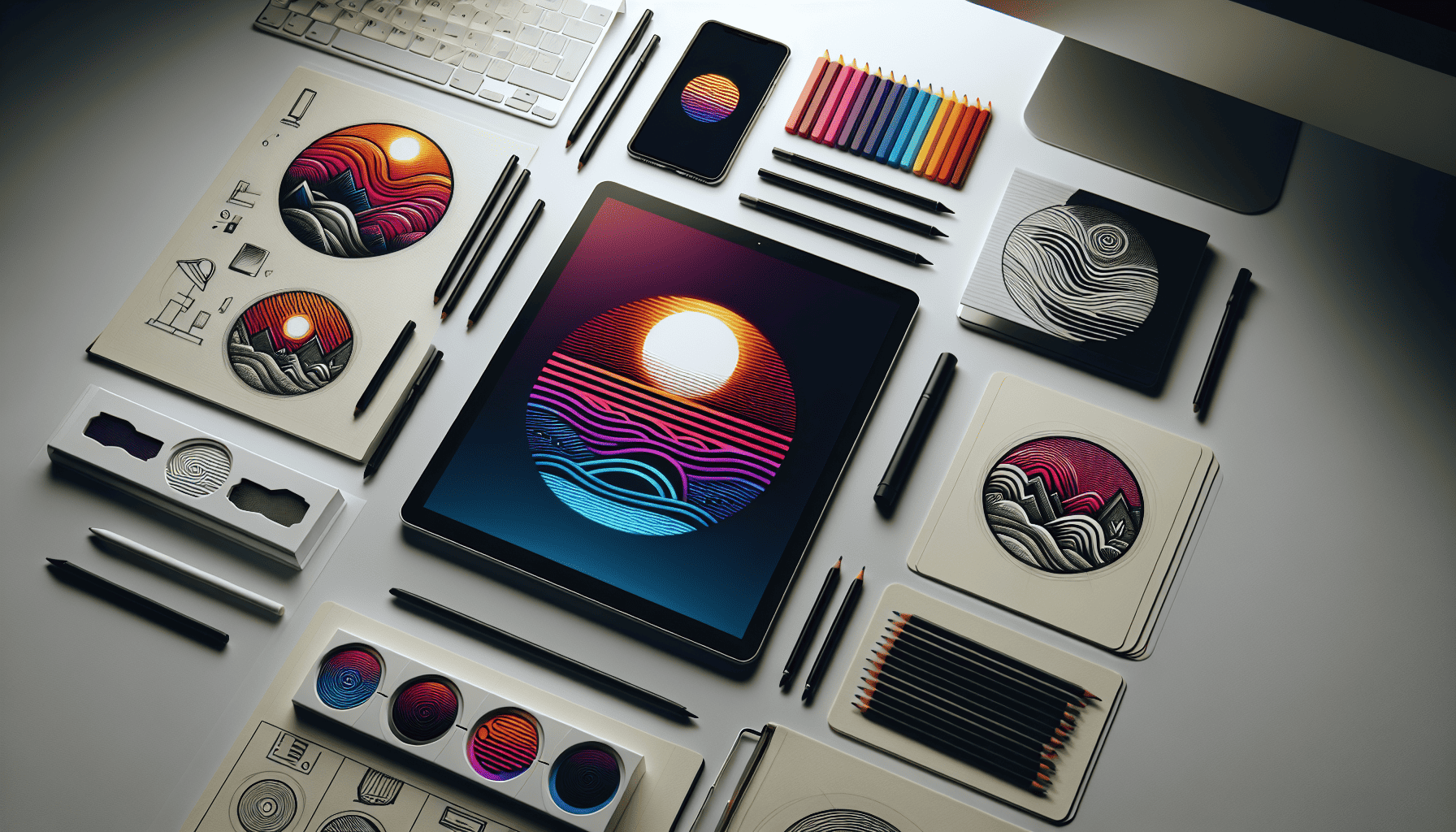In the fast-paced world of marketing and branding, a logo is more than just a visual symbol; it is the face of your brand, a powerful tool that encapsulates your brand's essence and values. Crafting memorable logos is an art that requires a delicate balance of creativity, simplicity, and symbolism to ensure it resonates with the audience and stands the test of time.
The journey of creating an impactful logo begins with understanding the core values and mission of the brand. This involves deep research and dialogue with the client to extract the essence of what the business stands for, its unique selling points, and its target audience. This foundational understanding guides the design process, ensuring each element of the logo aligns with the brand’s identity and long-term vision.
Simplicity is a pivotal aspect of effective logo design. A clean and uncomplicated design helps in maintaining the logo’s versatility across various platforms and media. It ensures that the logo is easily recognizable and memorable, even at a glance. The simpler a logo is, the more effective it becomes in capturing the audience's attention and sticking in their memory. Renowned logos such as Nike’s swoosh or Apple’s apple are prime examples of how simplicity is a hallmark of greatness in logo design.
Symbolism plays an equally crucial role in logo creation. A well-crafted logo often contains subtle symbols or meanings that convey deeper messages about the brand. These symbols can be cleverly integrated within the design, adding layers of understanding and engagement for the audience. Symbolism helps in sparking curiosity, fostering a connection with the audience, and communicating complex ideas in a digestible visual format.
Color selection is another fundamental element of logo design. Colors evoke emotions and establish a connection with viewers. Each hue has its own psychological impact, and the choice of colors should reflect the brand's tone and personality. For example, blue is often associated with trust and professionalism, making it a popular choice for financial and tech companies. On the other hand, green is linked with nature and wellness, ideal for brands focusing on sustainability or health.
Typography also contributes significantly to a logo’s personality. The right font can enhance a brand’s image, creating a harmonious relationship between the text and the symbol. Whether opting for a modern sans-serif font that exudes innovation or a classic serif font that suggests tradition, the typography should be selected with consideration to how it complements the brand's overall message.
The creative process involves iterative design, where multiple concepts are created and refined. Feedback from stakeholders and potential users is invaluable at this stage, as it provides insights into how the logo might be perceived by the broader audience.
Finally, a successful logo design must endure the test of time. Trends come and go, but a well-designed logo should remain relevant despite shifting market dynamics. This timelessness ensures that the logo remains an integral part of the brand identity, anchoring the brand in its foundational principles while allowing for growth and evolution.
In conclusion, logo design is a nuanced craft that combines artistry with strategy. By focusing on simplicity, symbolism, and strategic color and typography choices, creative designers can distill a brand’s identity into a logo that not only stands out but also holds lasting significance. When executed with skill and insight, a logo elevates a brand from merely being a name to becoming a symbol of trust and recognition in the market.
